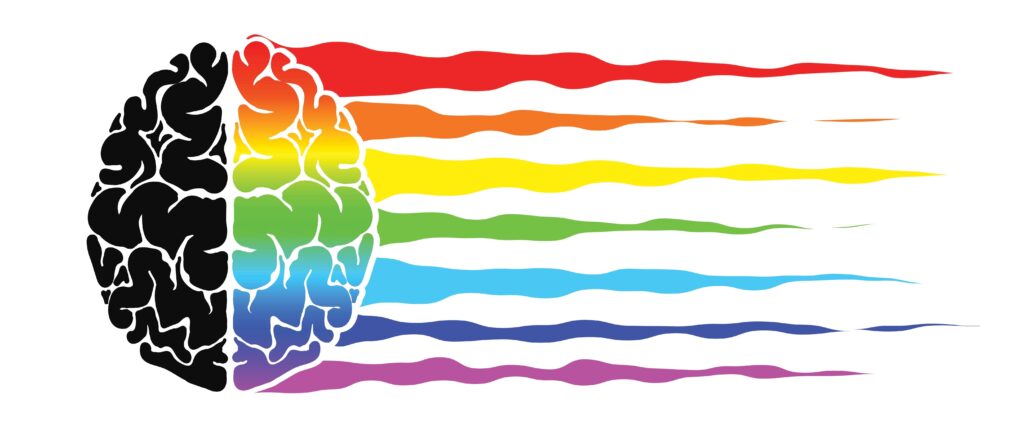
Colour Psychology helps examine and determine perceptions that are not obvious. Although color association can vary among cultures, they carry most common meanings among races and genders.
Color is a powerful tool and can be used to influence mood, signal action also to add a hue shade, paint, or dye to an object or picture. Certain colors are accompanying with increased blood pressure, increased metabolism, and eyestrain. Some of the researchers and experts have made few observations and discoveries about the psychology of color and suggest that different colors can have an impact on our moods, feelings, and behavior. Your feelings about colors are often deeply personal and rooted in your own experience or culture. Yet color psychology can help define and express them.
How color make you feel
Let’s dive into the emotion and feelings different color evoke.
Red Color Psychology

Deep Red color make you feel passionate and energized, warmest and most dynamic of the colors. It generates opposing emotions. It draws attention and often associated with passion and love as well as anger and danger. Red has the ability to instantly grab the attention of others. Having a personality color red means you are head strong and determined person who is not afraid of taking risks. You have a strong desire to win, be the best and be very competitive. It is associated to our physical needs and our will to survive.
In China, red color is symbol of courage, good luck and success. In Asian cultures brides traditionally wear red usually most popular choice by women.
Red is universally symbol to signify danger, anger revenge and aggression.
Blue Color Psychology

Color psychology embraces Blue as the color of heaven and authority. It makes you feel safe and relaxed. It shows depth, evokes feeling of calmness and coolness and spirituality as well as security and peace. Many blues convey a sense of trust, loyalty cleanliness and understanding. Blue has the equal appeal to both men and women. Having blue color personality describes as enthusiastic, sympathetic communicative, compassionate, idealistic sincere and imaginative.
On the other hand, blue evolved as symbol of depression in American culture. Blue also creates negative feelings of sadness, self-righteousness and self-centeredness
Purple Color Psychology
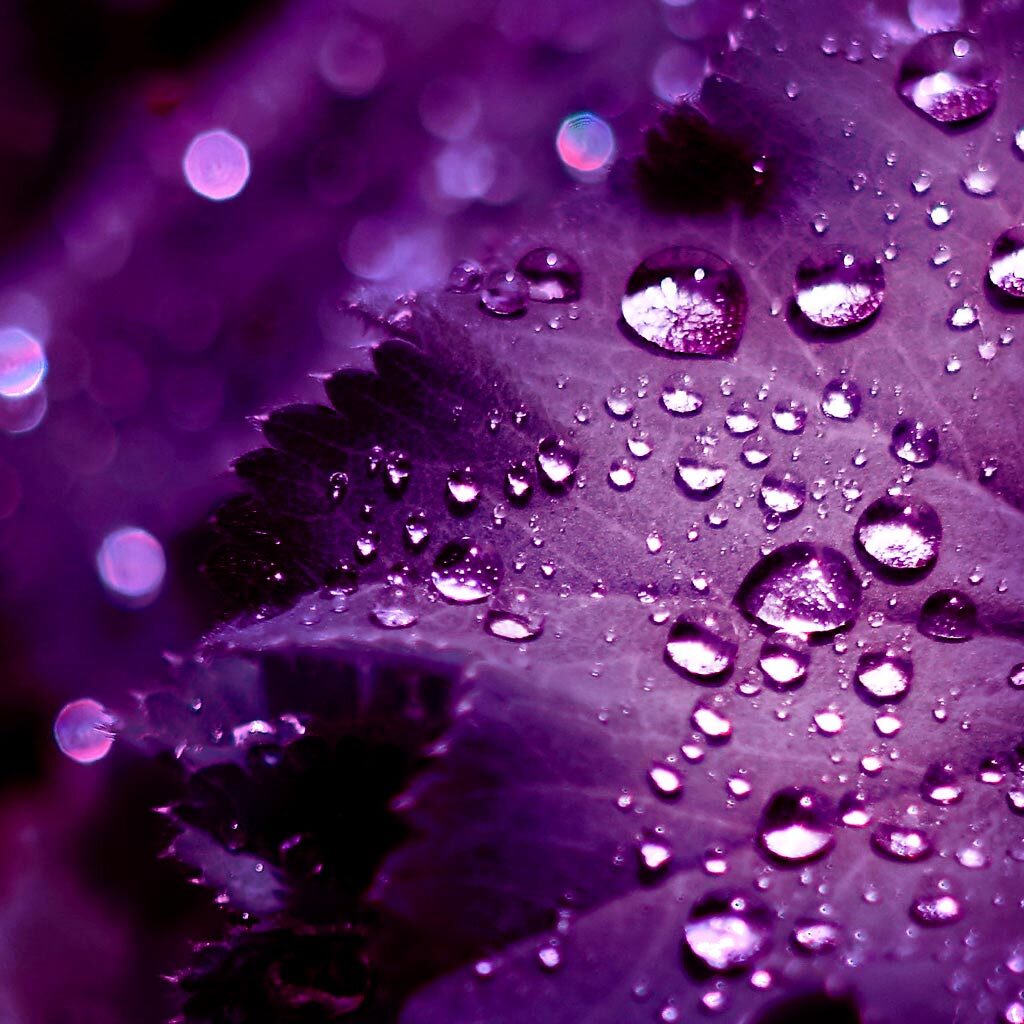
Color pschology suggests that using Purple makes you feel creative. It is strongly associated with mystery, creativity, royalty, wealth and imagination. Different shades of purple have different spiritual meanings. Lighter shades of purple associate with light hearted, romantic energies, and used to soothe or calm a viewer.
While darker shade represents the sadness and frustration. Individuals who like purple color are compassionate and charismatic. They have certain power and stability and naturally deep and intense. And they have an ability to observe things that go unnoticed by others.
It also shows dominance. Purple is the color of the first dye made by man. In Thailand purple shows mourning (widow) and in west shows royalty.
While in negative terms it shows sensitivity, emotional and immaturity and creating fantacy.
Black Color Psychology
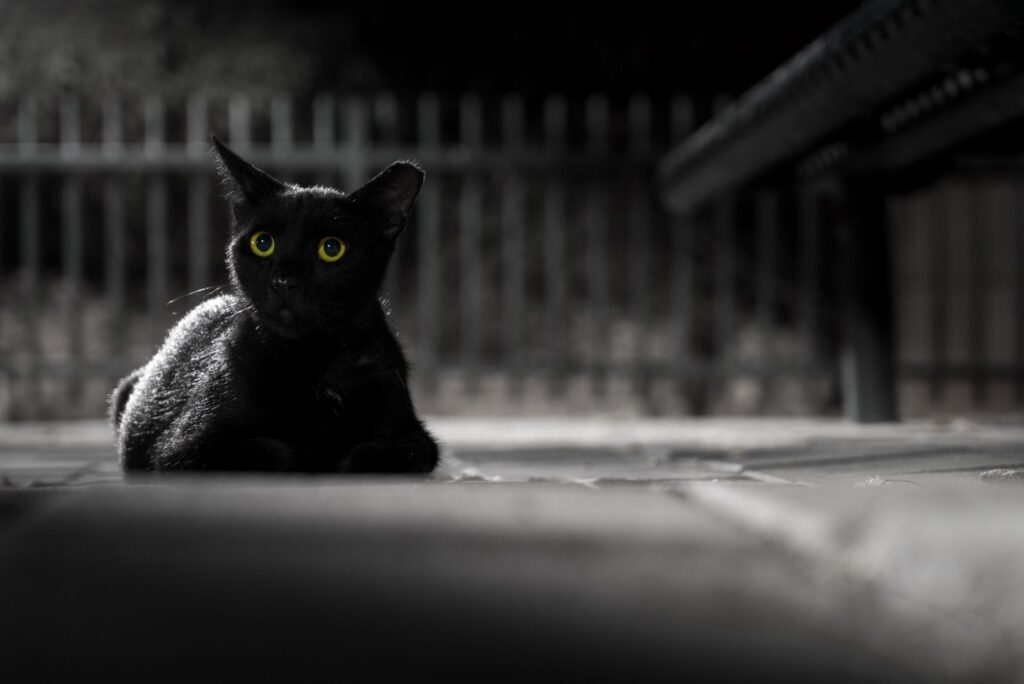
The Black oozes sophistication, power, boldness, classic and seriousness.
It evokes luxury and elegance and can also mean professionalism, neutrality and simplicity. In certain environments and cultures, the color black can also refer to mourning and sadness. Black provokes positive sentiments and emotions in such a manner. That’s why countless people go for black clothing when attending a fancy occasion.
It is also a popular color for text as it’s an easy color to read.
Also See: Arthritis, a common degenerative disorder
The association between black and negativity is most likely visible in South-Asian language/culture. Just consider these commonly used expressions: black magic, black hearted, and blackmail, black sheep, blackout, black mood.
White Color Psychology
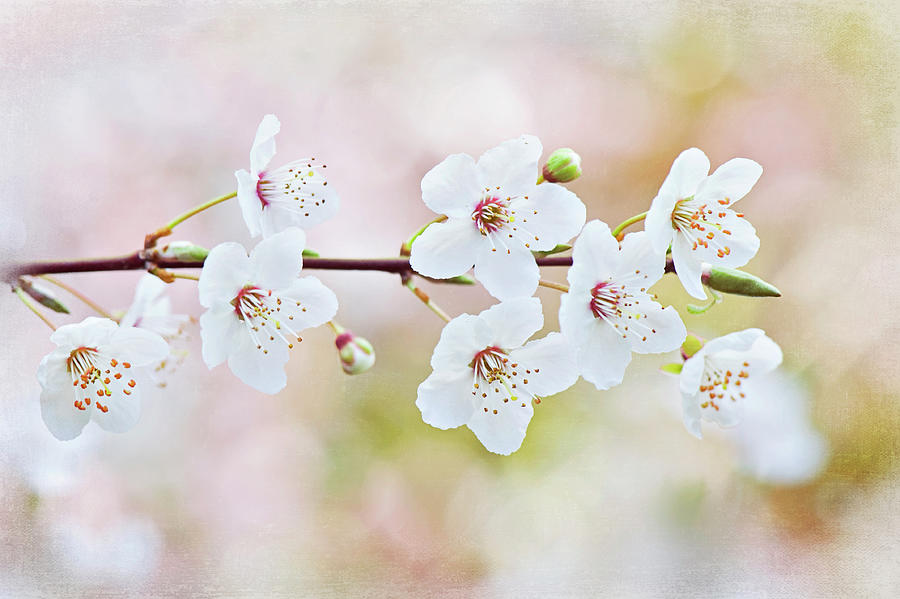
According to color psychology, White shows simplicity, innocence and goodness. It reflects goodness, hope, clarity, sophistication, individualism, idealism and optimism. The individual who go with white as a favorite color, seeks brilliance and enlightenment. The color White also promotes self-reflection and open mindedness.
White provokes positive meaning, cleanliness, freshness and simplicity. White is bright and represents purity or innocence. In western culture, brides wearing white is often believed to carry the bride’s virginity but in many Eastern cultures white is associated to death and unhappiness and color used in funerals and other mourning formalities. Designers used this color to make room seem grander and more spacious. It is also the most neutral color of all.
In negative expressions white also go with coldness, boredom, Indecisive, emptiness, unfriendly.
Grey Color Psychology
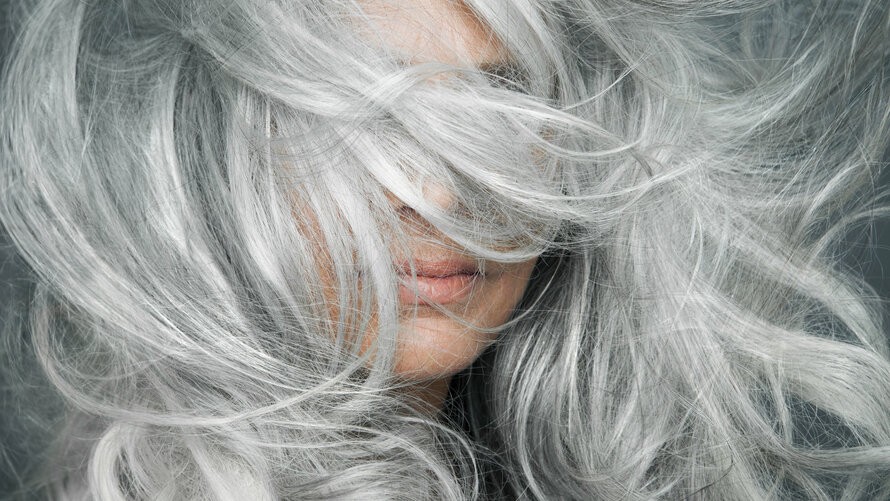
The color Grey is a mature and responsible color. This color gives a serious and professional feeling. Grey symbolize compromise, neutrality, conservative, unemotional control and practicality. The individual who choose grey as a favorite color is described as sophisticated diplomat. Manners and etiquettes are important to the one.
Minding his own business and keeping to himself is his mantra. He is contented to play the role of peace-maker and finds himself in this role because others perceive him as stable, balanced and reliable. He is naturally fair and objective, gives his opinion openly without any fear and see a matter from all angles.
While the negative side grey reflects pessimism, sad, indecisive and unemotional qualities and can mean being overly conservative, conventional and reserved.
It is important to understand that colors can be subjective, color can have an influence on how we feel and act. Color might make one person cheerful, happy and excited can make other person feel irritated, bore and dislike. It depends on individual choices ,past experiences or cultural differences.


 (@euuliee)
(@euuliee) 
 ( ᜊ᜔ᜎᜒᜌ᜔ᜇ᜔ ) (@BladeNeverVerse)
( ᜊ᜔ᜎᜒᜌ᜔ᜇ᜔ ) (@BladeNeverVerse)
[…] Color Psychology: How colors define our Mood and Human Behavior […]
Appreciated

Looks interesting
Good job!
Hello, I wish for to subscribe for this website
to take latest updates, so where can i do it please help.
First of all I would like to say terrific blog! I had a
quick question in which I’d like to ask if you don’t mind.
I was interested to know how you center yourself and clear your mind prior to writing.
I have had trouble clearing my thoughts in getting my thoughts out there.
I truly do take pleasure in writing but it just seems like the first 10 to 15 minutes are usually wasted just trying to figure out how to begin. Any ideas or tips?
Cheers!